Ricotta
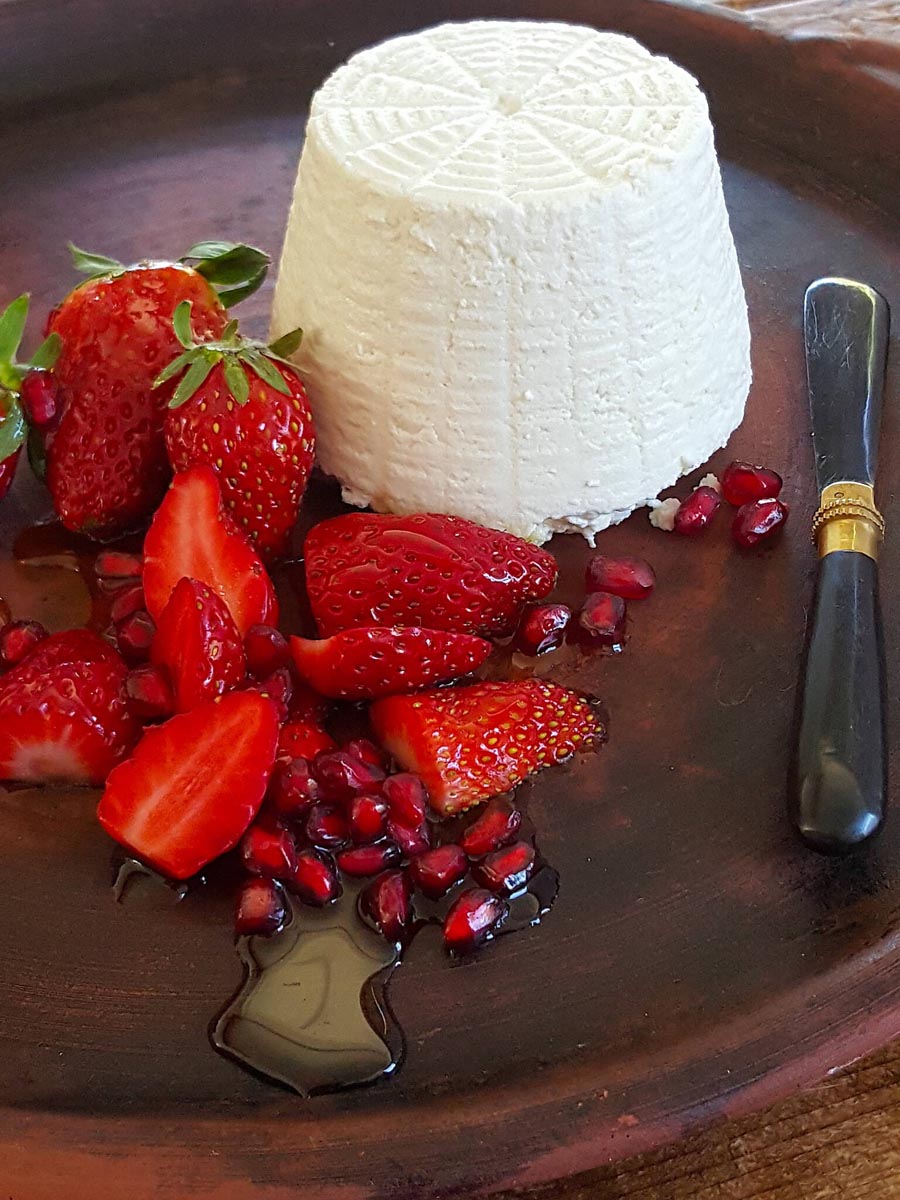
Although classified as a cheese, ricotta is really a by-product of the cheesemaking process.

Although classified as a cheese, ricotta is really a by-product of the cheesemaking process.
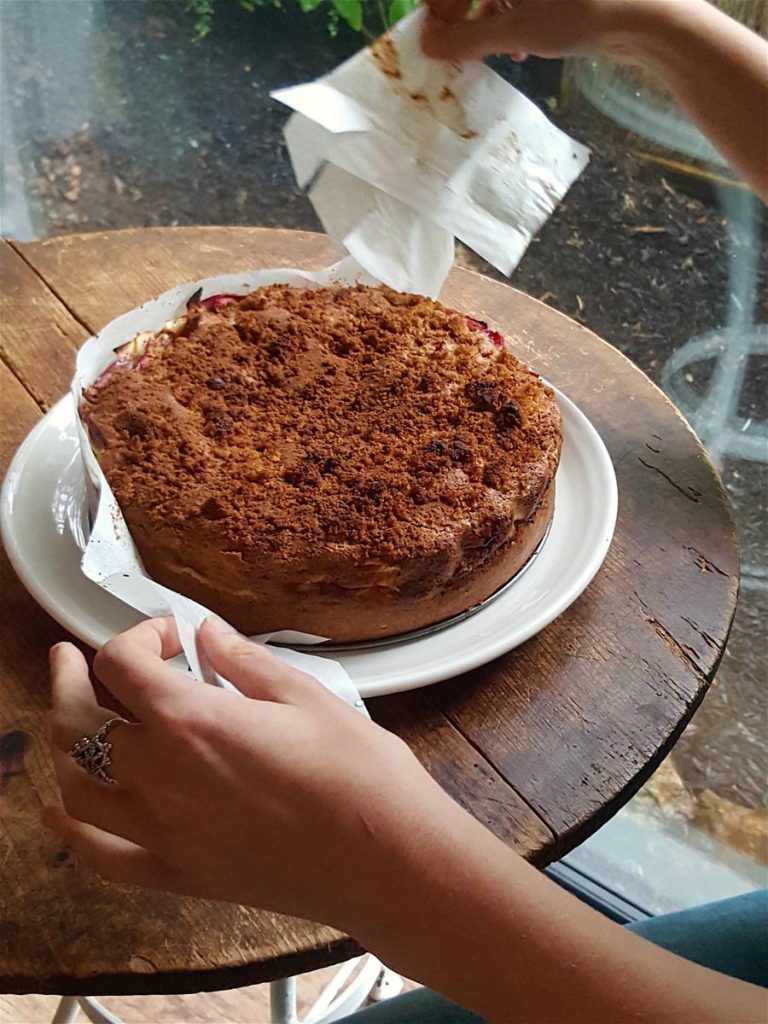
Tips and little tricks, that’s what we love giving on Shared Kitchen!
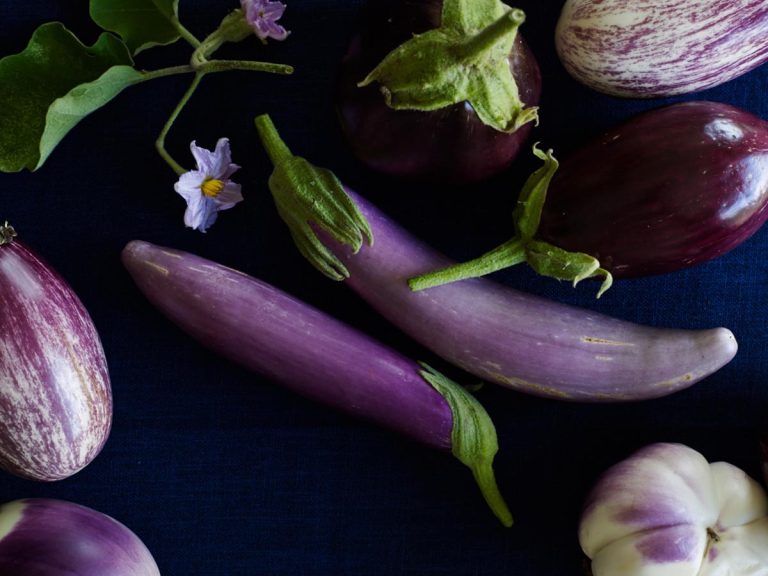
Easy when you know how
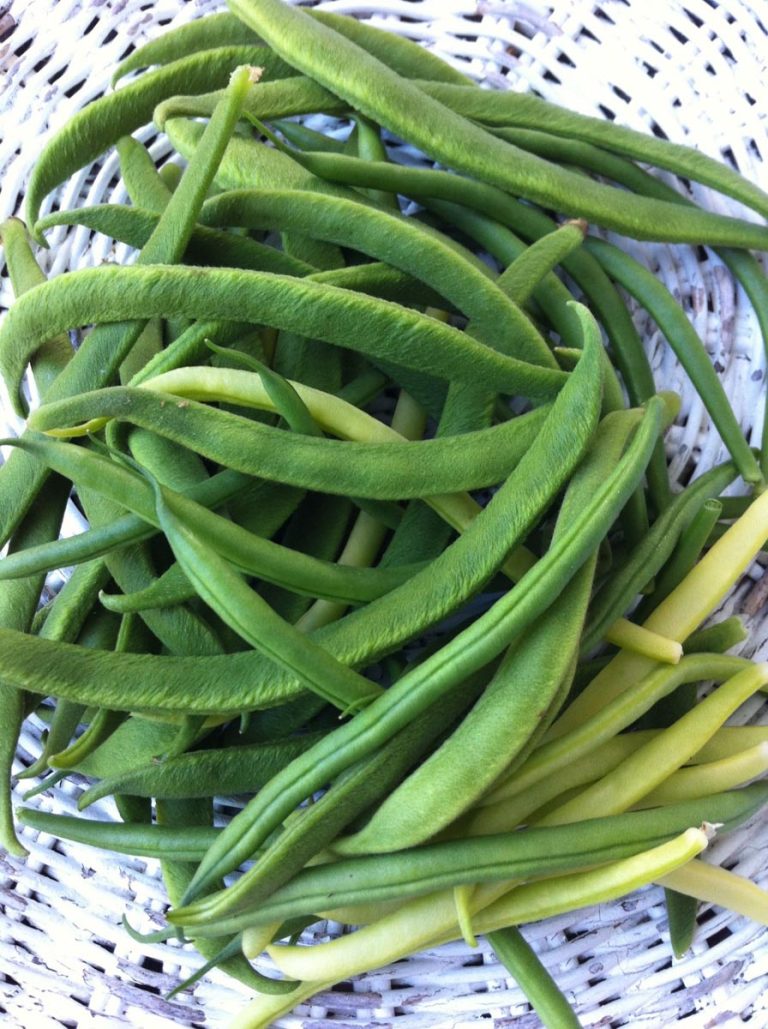
Beware of out of season beans sold in tinted plastic bags – it’s a scam to enhance their green colour.
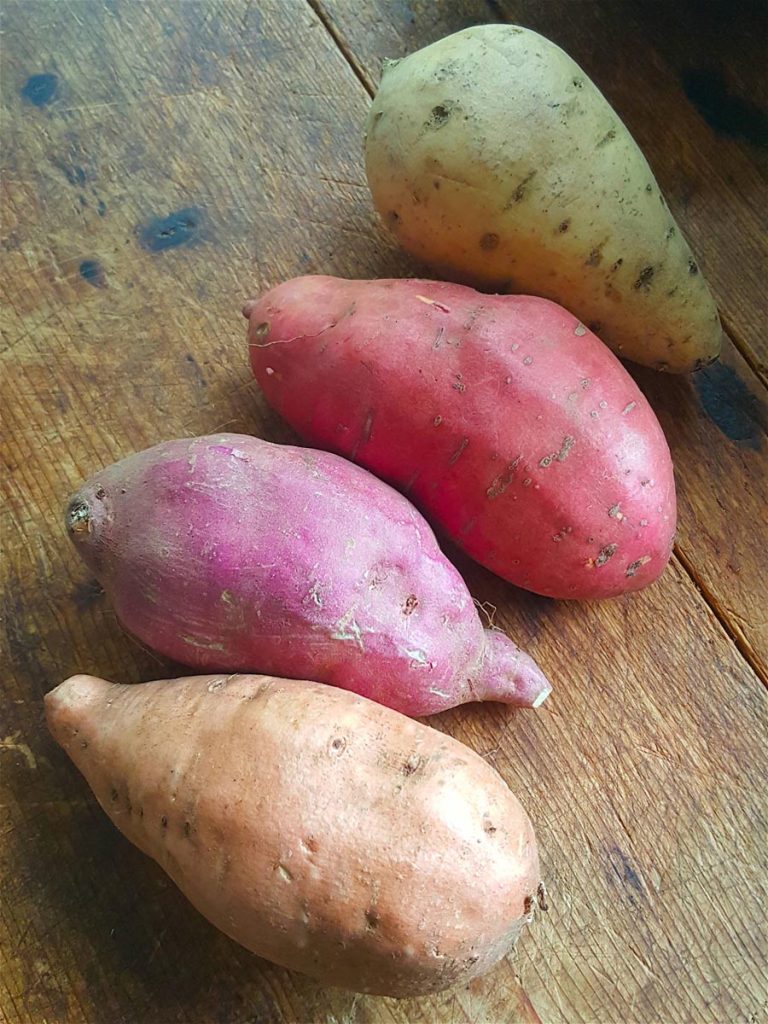
Sweet and colourful, kumara offers more than just being an accompaniment to a roast.
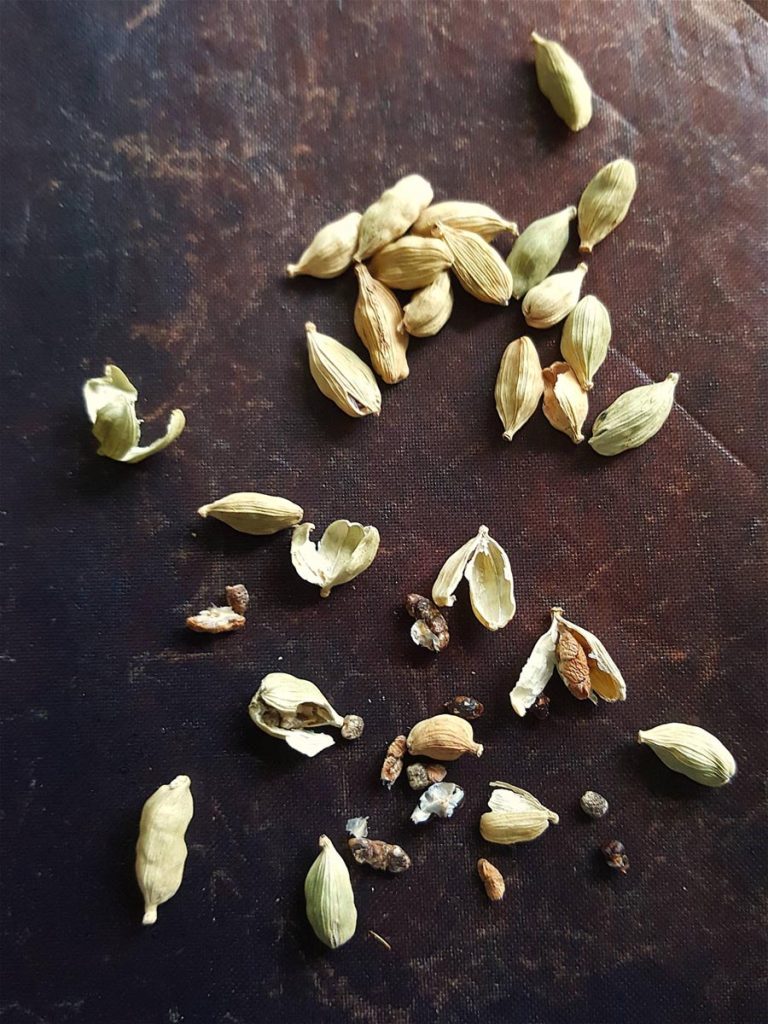
Pepper may be the king of the spices but cardamom is queen.
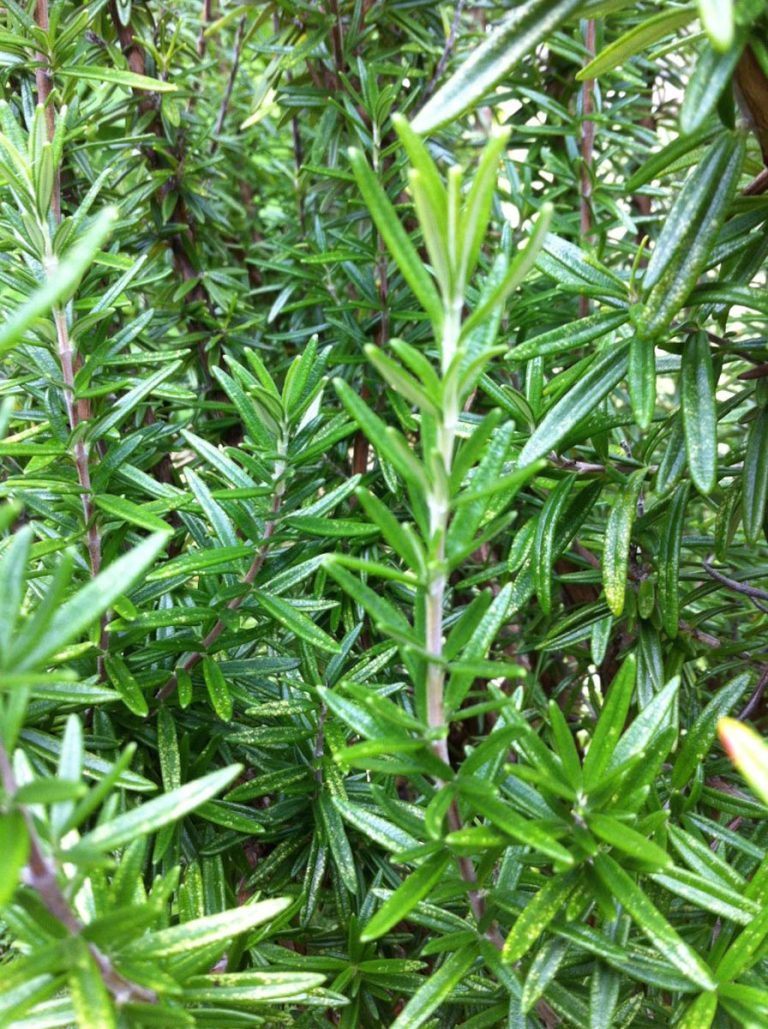
Is rosemary easy to grow? So they say. Mmm. I’ve ended up with more dried arrangements than I care to remember.
No products in the basket.
Welcome to the new Shared Kitchen experience! If you encounter any issues, please let us know. Dismiss